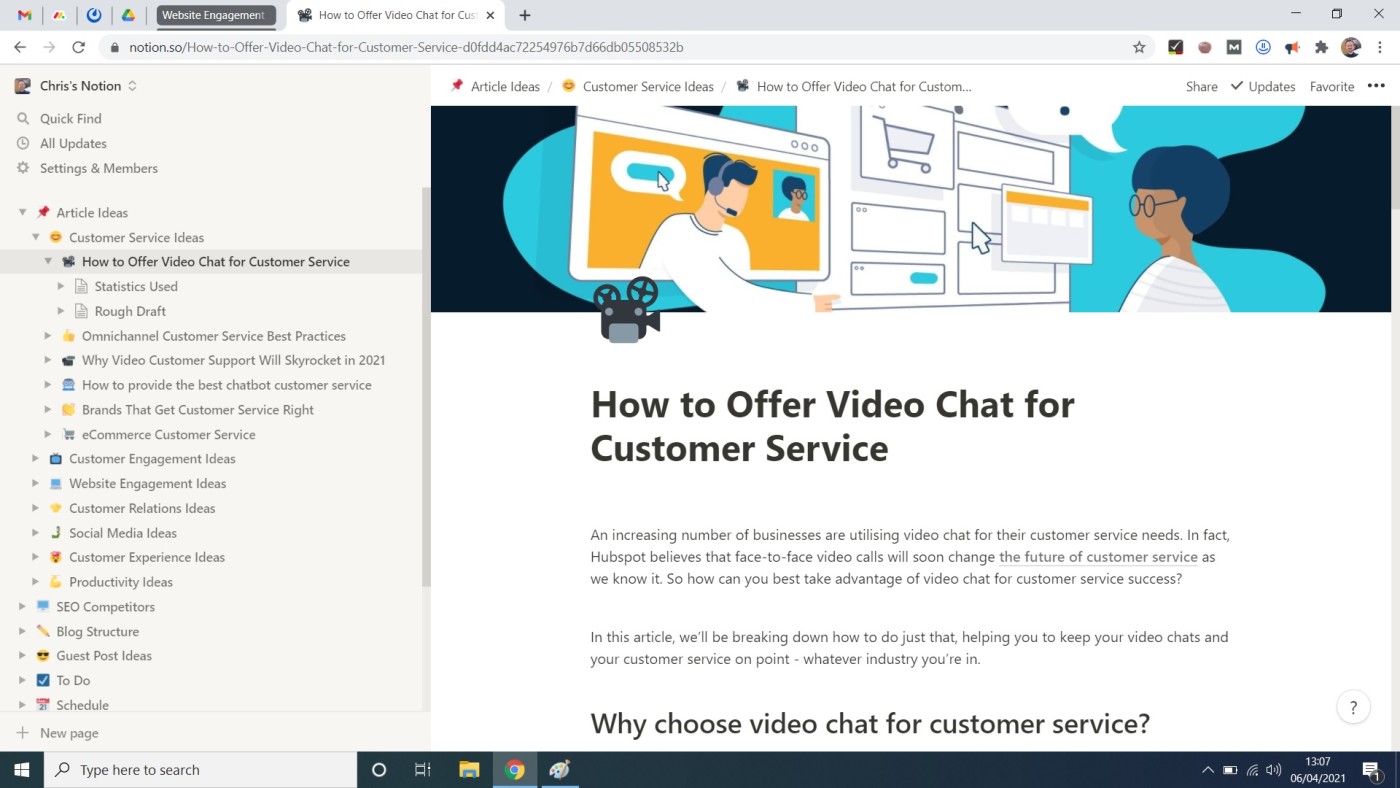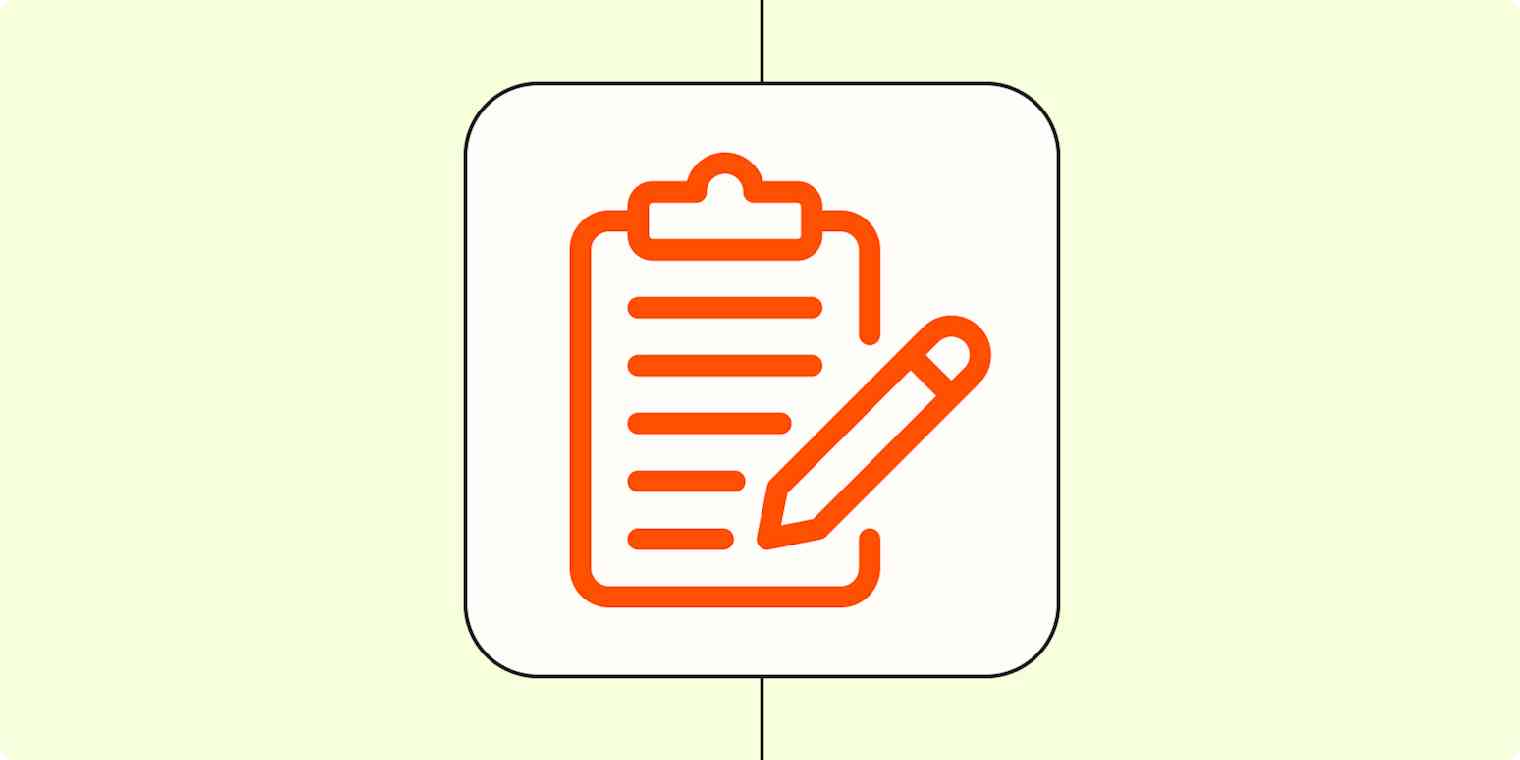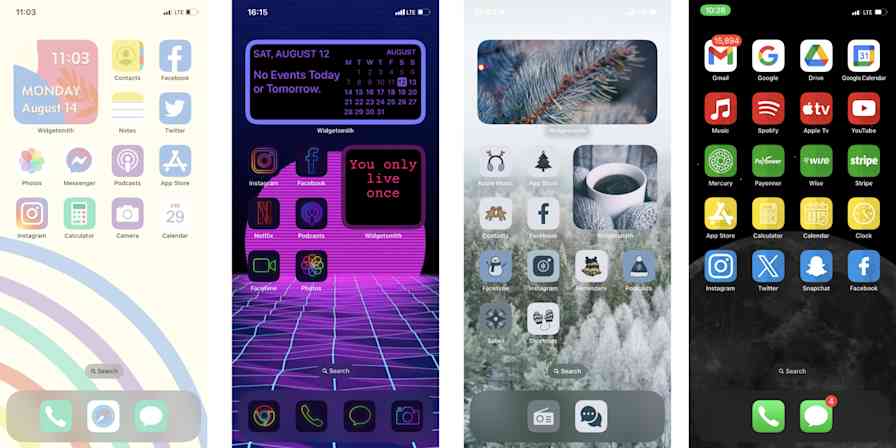When done right, note-taking is a simple but powerful way to get the most out of the content you consume. Unless, like me, you tend to leave your notes unread for years to come.
If we're not revisiting our notes consistently, is there any point in even taking them?
Up until recently, this was the problem I was facing. So, I decided to make a change. I wanted to learn more effectively: to remember what I'd read, watched, and listened to. I wanted to stop finding my old, useless notes years after I'd written them down.
I wish I'd made the decision a decade ago, but here I am. All I needed was a smarter system—one tailored to my needs. Here's how I finally went about it.
Once you have the tools you need, you can automate your note-taking to turn your ideas into action.
What content medium inspires you?
In order to find the tools that'd make me a better note-taker and learner, my first step was to take a look at the type of content I found most engaging and inspiring. For me, it was easy: definitely audio. With this in mind, I set myself the task of finding tools that could convert any medium into my preferred choice.
By finding tools that allow me to convert long-form articles into audio, for example, I'm much more likely to read—or rather listen to—them. And even better, I'm far more receptive to the information and more likely to take better notes.
So, when it comes to searching for your own tools, ask yourself which medium you enjoy the most—which one will inspire you to not only consume content but really learn it—and focus on that medium. There's no need to suffer through podcasts and audiobooks if you'd prefer a good read instead.
My 5 essential tools for learning through note-taking
As a superfan of all things audio, I have a bunch of audio-focused tools in my personal productivity stack. As I walk you through them, I'll also touch on some analogous options for other mediums and learning styles—hopefully something will inspire your own note-taking.
Pocket is a read-it-later app—you save articles to it and then read them whenever you have the time. It has lots of organization options and allows you to highlight excerpts that can be easily shared to your note-taking tool of choice. But the reason I really love Pocket is its text-to-speech function.
Finding an easy and high-quality way to listen to articles gave me access to so many different writers and publications I'd have otherwise ignored. While I do use other text-to-speech tools such as the Read Aloud Chrome Extension, Pocket is by far my favorite.

Another reason Pocket earns a place in my note-taking system is its integration possibilities. I can share articles and excerpts straight to a note-taking app, it has an easy-to-use Chrome extension, and Zapier offers the ability to connect Pocket (and other read-it-later apps) to thousands of other tools.
If you're a text- or video-learner, Pocket works for those too. Give it a try.
Take a look at our choices for the best read-it-later apps, and then learn how to automate your app so it works with all your other productivity tools.
Audible
Once upon a time, Amazon planned to launch a tool that allowed you to take on-the-fly quotes from their audiobook app, Audible. Sadly, Audible Captions never quite made it to market. But as an audiobook fanatic, Audible still works as one of my essential content discovery tools.

The reason I choose Audible over other audiobook apps is the simplicity of its audio clipping function. Not only can you record thirty-second snippets of text for later review, but you can also skip back to the passage's place within the book. If you also have the Kindle version of the text, you can use Amazon's Whispersync to transfer between mediums. You can then highlight and transfer to your note-taking app. Like Pocket, Audible has gotten me to read more books on the go while still being able to take notes.
If you're more of a text-based learner, and you're looking to convert audio and video into text, there's a whole host of transcription apps available. Trint is just one great example—take a look at Zapier's list of the best transcription tools for more suggestions. You could even make use of YouTube's automatically uploaded subtitle transcriptions.
Airr
There are a million and one podcast players available, but one app reigns supreme when it comes to iPhone and iPad. Specifically designed to allow note-taking and highlighting, Airr has been a game-changer for capturing my favorite podcast moments.
Whenever I come across an interesting fact, I can pause the audio to take an "Airr" quote, which automatically transcribes speech into text. I can then share it with my note-taking app or other syncing tool.
Notion
The first three tools on my list are about discovering and consuming content—now I'll move on to my note-taking app itself. While productivity people could argue for hours over which note-taking app is best (the Evernote vs. OneNote debate will last forever), Notion is unarguably my favorite.
If I were to try to list all of Notion's features here, I'd run out of space fast. But the main draw for me is that it's so customizable. It's allowed me to finally create a folder system that works for me.

I used to just clump all my notes in a folder labeled with a generic topic title. I'd have folders titled "Productivity Stuff" or "Marketing Stuff." Sometimes even just "Stuff." To get better usage of my notes, I've instead started to group them based on their potential use to me in the future.
As a content writer—I'm currently a content marketing executive at Talkative—I now have a master folder titled "Article Ideas." Within that folder, there are other folders divided by topic or theme. Within those folders are several documents, all with potential article titles. Finally, inside those documents, you'll find all my notes on the given subject. Now, when I decide to take a note, I'm taking that note with purpose. I'm asking myself: "How can I put this to use later?"
This way of organizing my notes is the true key to actually benefiting from the content I consume—whatever the medium. With my notes cleanly organized and presented, all I need to do is return to those notes at a later date...which brings me to my favorite tool of all.
A habit-tracking calendar
Here it is: the least flashy tool of the bunch and the one I value the most. While it might not be as exciting as a fancy new app, my made-of-paper habit-tracking calendar is the most essential tool in my note-taking process.

This tool keeps me accountable. It reminds me to return to my notes and organize them, review what I've written, and consolidate my knowledge. Without this tool, my entire system would most likely fall apart. Some people might just need to write something down in order to remember it, but I need to revisit my notes to make them worthwhile.
That isn't to say that a habit-tracking calendar is the right tool for everyone. What is essential, however, is a tool that reminds you to make the best use of your notes. It could be a productivity journal. It might be a digital tool like Readwise, which allows you to integrate all of your highlights and receive weekly review reminders via email. Or it might just be a Zap—Zapier's term for an automated workflow—that sends you a reminder every morning or once a week with a link to your notes.
Zapier is a no-code automation tool that lets you connect your apps into automated workflows, so that every person and every business can move forward at growth speed. Learn more about how it works.
For me, I need a physical reminder, literally slapped on the wall. My calendar is marked up with a big "Organize your notes" reminder on it once a week to make sure I actually do it. There's a checkbox beside this habit's entry, and that little act of getting to check a box when I do it has helped me be consistent about it.
Now, whenever I'm enjoying a book or an article or a podcast, I can pause to take a note without thinking: "I wonder when I'm going to read this again."
The answer is Sunday, my friend. Sunday.
Create your own note-taking system
Developing your own note-taking system is surprisingly easy, and I'd be lying if I said I began this project with any kind of real analysis in mind. In truth, I simply experimented by taking a look at my habits.
To find a system that works for you, try to look for tools in the following categories (with my tools listed as examples).
Content discovery and consumption (e.g., Pocket, Audible, Airr)
Note-taking (e.g., Notion)
Accountability (e.g., a habit-tracking calendar)
If you have better things to do other than listen to audiobooks or read articles all day, you might only want to use one discovery tool, one note-taking tool, and one accountability tool. Or maybe you'll need more accountability tools if you think it'll help you stay on track. It's really up to you.
Either way, by focusing on your favorite medium, experimenting with new tools, and holding yourself accountable, you can create a system that serves note-taking's real purpose: learning from the content you consume.
Read more: How to track all the content you consume
This was a guest post from Chris Thomas, a content marketing executive at Talkative. Want to see your work on the Zapier blog? Read our guidelines, and get in touch.





